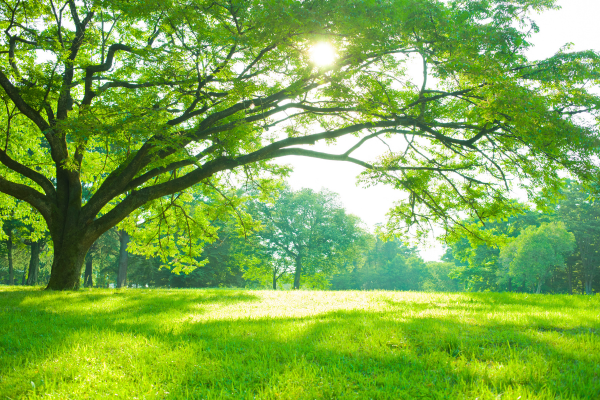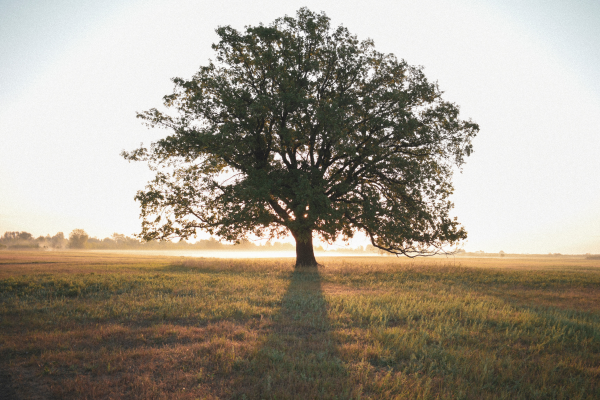The Role of Trees in Human Evolution: A Journey Through Time and Canopy – by Nadeeka – eLanka

In the heart of our evolutionary narrative lies an often-overlooked chapter: the pivotal role of trees in shaping the very essence of what it means to be human. Beyond the savannahs and grasslands that dominate our mental images of early human life, trees have quietly woven their branches into the tapestry of our existence. This is the story of our deep and enduring connection with the arboreal world and the profound impact it had on our evolution.
The Cradle of Life: Trees as Our Ancestral Home
Millions of years ago, our hominid ancestors ventured down from the trees and began to walk on two legs. Yet, the shadows of those ancient branches never truly left us. Evidence suggests that early hominids, like Ardipithecus ramidus and Australopithecus afarensis, retreated to the trees at night for safety from predators. Trees offered sanctuary, food, and a vantage point for spotting danger—an evolutionary advantage that may have set the stage for our survival.
The Omnivorous Apes: The Bounty of the Forest
As our ancestors descended from the trees and traversed the African savannahs, they became omnivores—adaptable creatures capable of subsisting on a variety of foods. But the forests remained a vital source of sustenance. Fruits, nuts, and leaves found in the tree canopy provided essential nutrients. Trees were not just providers of food but also protectors against the elements, offering shelter from the sun and rain, and even nesting sites for our early ancestors.
Toolmakers Among the Branches: The Beginnings of Innovation
The transition from Homo habilis to Homo erectus marked a significant shift in our evolutionary journey. It was during this time, approximately 2 million years ago, that humans began to use tools. Trees played a central role in this development. Early humans fashioned tools from branches, twigs, and stones, honing their crafting skills in the arboreal world. These tools were not only essential for survival but also for innovation—a hallmark of human evolution.
The Cradle of Imagination: Trees and Early Human Societies
As our ancestors became more proficient in toolmaking, they used their newfound skills to access the resources that trees offered. This innovation allowed them to venture deeper into forests, navigate waterways, and adapt to a wider range of environments. Trees, in turn, fostered the growth of human societies. They provided building materials for shelters, fuel for fires, and the means to construct boats for travel and trade.
The Language of Trees: Communication and Community
Language is one of the defining characteristics of our species, and it too has deep roots in the arboreal world. Early human communities thrived on collective knowledge and communication, and trees played a crucial role in this exchange. From the rustling leaves that signaled the presence of a predator to the stories and legends shared around the fire, trees were witnesses to the birth of human culture and language.
A Modern Connection: Trees in Our Lives Today
Today, trees continue to hold profound significance in our lives. They provide the oxygen we breathe, purify the air we inhale, and offer solace in green spaces amid urban landscapes. Moreover, they serve as a reminder of our shared history—a history that reminds us that our fate is intricately tied to the fate of the forests.

Conclusion: The Unbreakable Bond
The story of trees in human evolution is a testament to the interconnectedness of life on Earth. Trees not only nurtured our early ancestors but also helped shape our identity as humans. They provided the raw materials for our tools, the inspiration for our myths, and the shelter for our communities. Today, as we stand on the shoulders of millions of years of evolution, we must recognize our responsibility to protect and preserve the trees and forests that have been integral to our existence. In doing so, we not only honor our past but also ensure a sustainable future for generations to come. The bond between trees and humans is unbreakable, and it is a bond that we must nurture and protect with the same care that our ancestors once found among the branches of the forest canopy.







